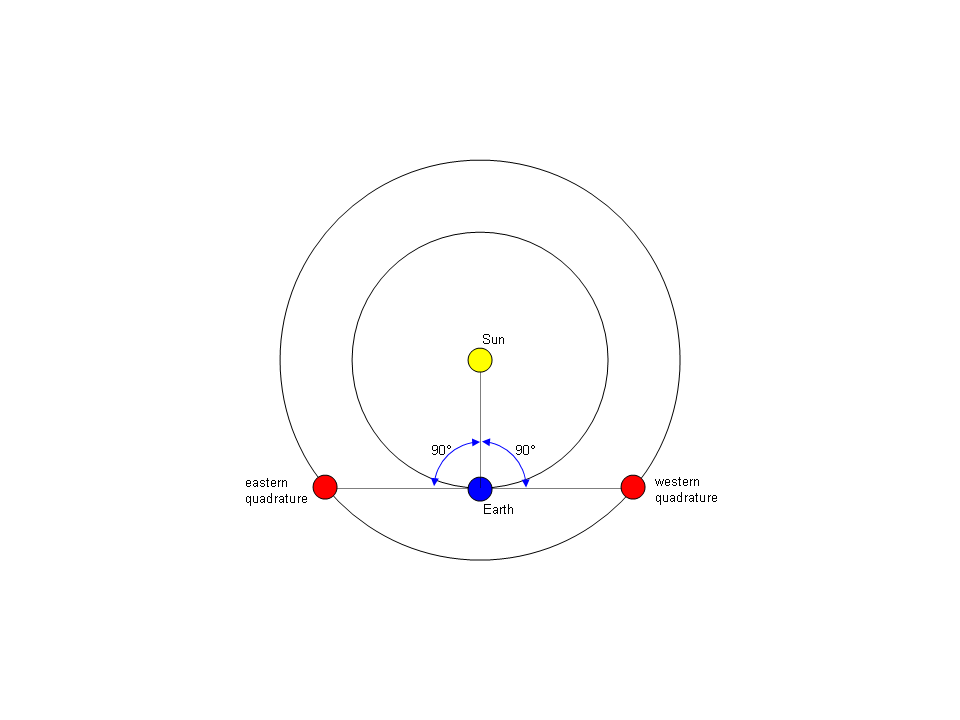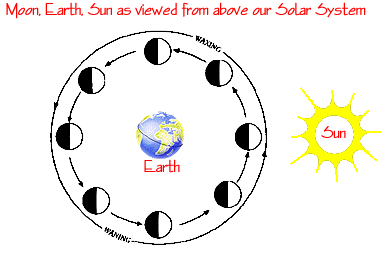Image at top via U.S. Naval Observatory
Tonight – November 7, 2016 – the moon will be at or near its first quarter phase. More precisely, the moon’s first quarter phase occurs at 19:51 UTC. At United States time zones, that means the moon reaches the exact first quarter phase during daylight hours on November 7: 2:51 p.m. Eastern Time, 1:51 p.m. Central Time, 12:51 p.m. Mountain Time and 11:51 a.m. Pacific Time.
Folks in the eastern United States might still see the moon at the instant of first quarter moon, because it’ll appear low in their southeast sky in the early afternoon. Click here to find out the moonrise time in your sky, remembering to check the moonrise and moonset box.
Generally speaking, a first quarter moon climbs highest up for the day about six hours after the noonday sun. It sets in the middle of the night.
2017 EarthSky Lunar Calendar pre-sale…is happening NOW!

At first quarter, astronomers say the moon is at eastern quadrature. It is 90o east of the sun on the sky’s dome. In contrast, a last quarter moon is synonymous with a moon at western quadrature, when the moon is 90o west of the sun.
The moon or any celestial body is said to be at quadrature whenever the sun, Earth and that celestial body (in this case, the moon) make a right angle in space, with Earth at the vertex of this 90o angle.

If you had a bird’s eye view of the moon’s orbital plane at its first and last quarter phases, you’d see the moon, Earth and sun making a 90o angle in space. However, at the moon’s waxing and waning crescent phases, this angle is less than 90o from the sun; at the moon’s waxing and waning gibbous phases, the moon is more than 90o from the sun in Earth’s sky.
At full moon, the moon is 180o from the sun, with the moon, Earth and sun making a straight line in space. The diagram below helps to illustrate:

At quarter moon, the moon’s disk appears to be one-half illuminated in sunlight and one-half immersed in the moon’s own shadow. When the moon is waxing from new moon to full moon, the lunar terminator – the shadow line dividing the lunar day from the lunar night – shows you where it’s sunrise on the moon. If you could see the far side of the moon at this time, the terminator on the moon’s far side would show you where it’s sunset on the moon.
On the other hand, when the moon is waning from full moon to new moon, the lunar terminator shows you where its sunset on the moon. But if you could view the far side of the moon at this juncture, the terminator would show you the sunrise line.
Bottom line: Enjoy the moon on November 7, 2016, as it exhibits its first quarter phase.











